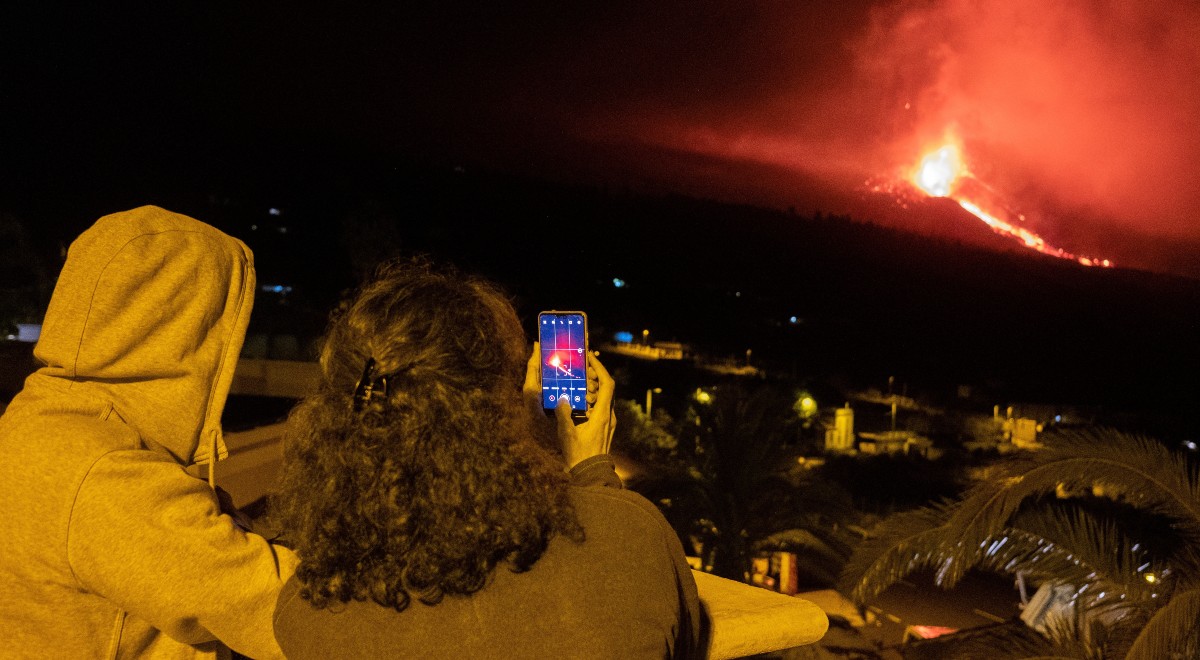According to the Spanish National Geographic Institute (ING), the volcano Cumbre Vieja on the Canary island of La Palma, operating since September 19, has entered its most explosive phase. It is reported that volcanic debris emerging from the crater is thrown up to 800 m.
According to Itaiza Dominguez of ING’s seismology department, when a volcano enters its violent eruption phase, the texture of the lava changes, becoming more sticky.
VIDEO: Lava continues to spew from the Cumbre Vieja volcano overnight on Spain’s La Palma island, two weeks after the start of its first eruption in 50 years pic.twitter.com/8rua4hQwWo
— AFP News Agency (@AFP) October 5, 2021
The increase in volcanic debris and other pyroclastic material ejected from the crater in the past 24 hours has also changed the appearance of the crater, according to the Spanish Research Institute.
Also more than 30 earthquakes were recorded in the Cumbre Vieja region from the north, the strongest of which was 3.9 degrees.
Así de rápido está fluyendo el río de lava en La Palma. pic.twitter.com/jkFqJlrs5g
— La Palma | En Directo? (@LaPalmaErupcion) October 1, 2021
Seismologists confirmed more than 100 tremors on La Palma on Monday, noting that the growing number is due to increased activity at Cumbre Vieja.
Esta madrugada. Video de Ernesto Santana.#LaPalmavolcan #LaPalmaeruption #volcanCumbreVieja #VolcanoLaPalma pic.twitter.com/unSzOuQXvC
— Efemérides Meteorológicas Canarias (@Efemeridesmeteo) October 3, 2021
Meanwhile, Portuguese services have confirmed that on Sunday and Monday in the Atlantic archipelago of the Azores, an increased amount of sulfur dioxide was recorded in the air, associated with the arrival of volcanic smoke from the island of La Palma. On Tuesday morning, the gases and dust emitted by the Cumbre Vieja in turn reached the Caribbean Sea.

